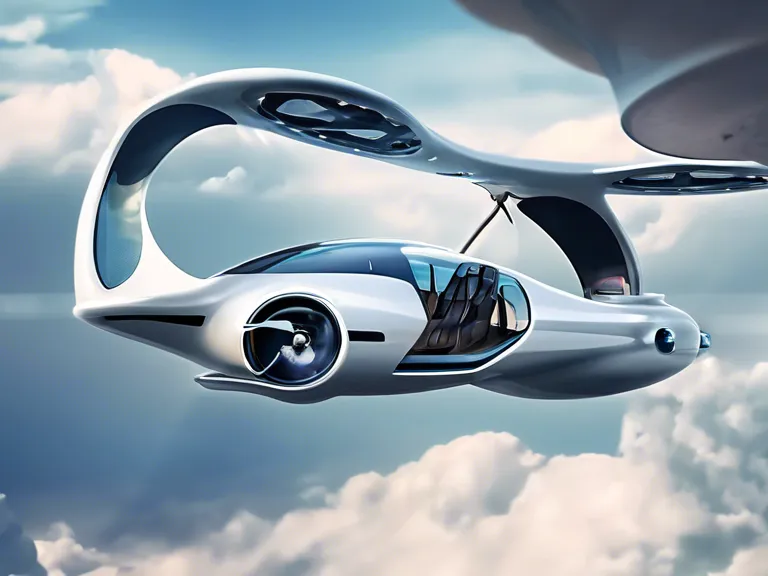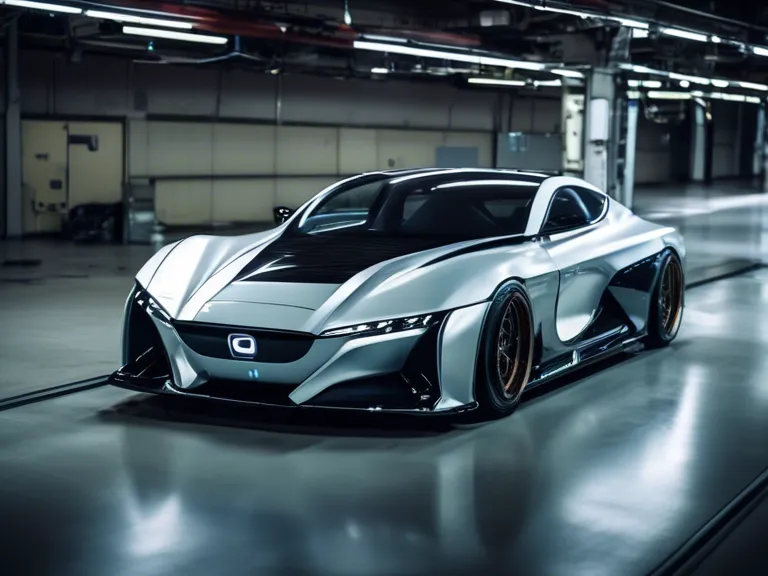
With advancements in technology, the concept of flying cars and personal air travel is no longer confined to science fiction movies. Manufacturers and startups are actively working on bringing this innovative mode of transportation to reality. The idea of zooming through the skies in a compact airborne vehicle is not so far-fetched anymore.
A number of companies, including Uber and Airbus, are working on developing prototypes of flying cars that would revolutionize the way we commute. These vehicles are designed to combine the conveniences of a car with the speed and freedom of a helicopter. Imagine avoiding traffic jams and reaching your destination in a fraction of the time it would take on the ground.
Besides easing congestion on roads, flying cars could also have a positive impact on the environment. Electric-powered air vehicles would significantly reduce carbon emissions and noise pollution compared to traditional modes of transportation. This transition to cleaner and greener travel options is essential in our efforts to combat climate change.
However, there are still challenges that need to be addressed before flying cars become a common sight in the sky. Regulations, safety standards, and infrastructure requirements are some of the key factors that need to be considered. Ensuring the safety of passengers and the general public is paramount in the development of this new mode of transport.
Despite these challenges, the future of flying cars and personal air travel looks promising. As technology continues to evolve and innovations in the aerospace industry progress, we may soon see a world where flying cars are a common sight in our cities. The dream of a futuristic transportation system is slowly becoming a reality.



